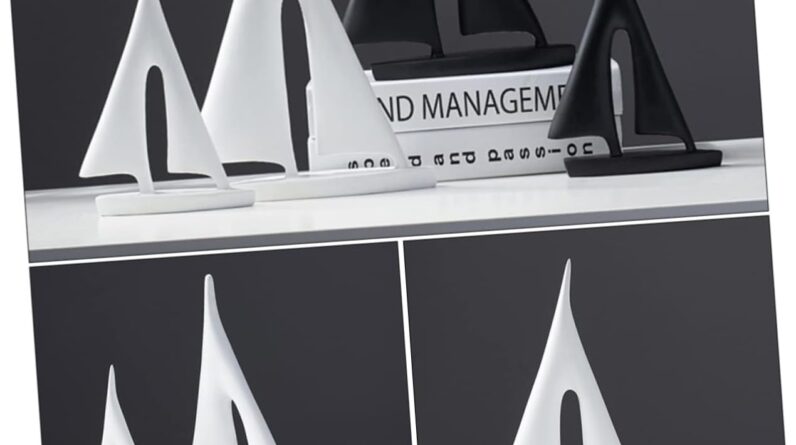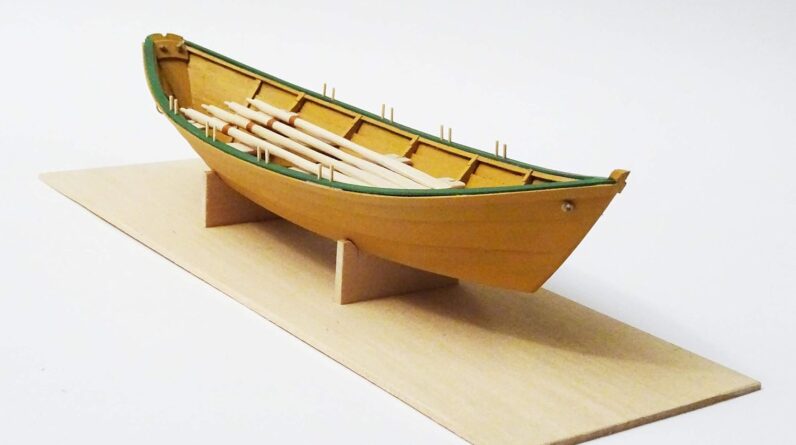






Table of Contents
What are Wooden Ship Models?
Wooden ship models are scaled-down replicas of historical ships and vessels that were crafted using wood as the primary material. These intricate and detailed models are a popular choice among collectors, history enthusiasts, and maritime aficionados. They offer a captivating glimpse into the rich maritime past and are considered a true work of art.
The History of Wooden Ship Models
The history of wooden ship models traces back to ancient times when shipbuilders and sailors crafted miniature versions of their vessels. These models were often used as prototypes or for navigational training. In addition, ship models were historically offered as votive offerings to deities for safe voyages.
During the Age of Exploration, ship models gained prominence as the demand for accurate representations increased. Model makers meticulously replicated famous ships, capturing every detail, including the rigging, cannons, and hull structure. These models served as important tools for shipbuilders and naval architects.
Over time, ship models became sought-after collector’s items and were displayed in museums and private collections worldwide. Today, wooden ship models continue to be crafted by skilled artisans and cherished for their historical significance and exquisite craftsmanship.
The Art of Crafting Wooden Ship Models
Creating a wooden ship model requires patience, precision, and a deep understanding of shipbuilding techniques. Skilled artisans carefully select high-quality wood such as mahogany, teak, or oak, known for their durability and aesthetic appeal. The process involves several steps:
1. Research and Planning
Before starting the model, artisans research the historical and technical details of the ship they intend to replicate. This includes studying blueprints, historical records, and photographs. Proper planning ensures accuracy and authenticity in the final product.
2. Frame Construction
The frame serves as the skeleton of the ship model. Artisans meticulously cut, shape, and join individual wooden pieces to form the framework. This step requires precision as each component contributes to the structural integrity of the model.
3. Planking
Planking involves attaching thin strips of wood to the frame, replicating the outer shell of the ship. The planks are carefully shaped, tapering towards the bow and stern, to recreate the curvature of the vessel. This meticulous process adds realism and authenticity to the model.
4. Rigging and Detailing
The rigging and detailing stage brings the wooden ship model to life. Artisans meticulously add masts, spars, and rigging, replicating the intricate web of ropes and sails. They also include smaller details such as cannons, anchors, and deck structures, ensuring every aspect is accurately represented.
5. Finishing and Painting
The final step involves applying a protective finish to the model, highlighting the natural beauty of the wood. Artisans carefully select paints and varnishes that resemble the original ship’s colors and finishes. This step not only enhances the model’s appearance but also preserves its longevity.
The Significance of Wooden Ship Models
Wooden ship models hold immense significance for both collectors and history enthusiasts. They provide a tangible connection to maritime heritage and evoke a sense of nostalgia and admiration for the seafaring past. These models offer a captivating window into naval architecture, craftsmanship, and historical voyages.
Furthermore, wooden ship models serve educational purposes, aiding in the understanding of shipbuilding techniques and historical naval warfare. They are often used in museums and educational institutions as visual aids to engage and educate visitors about maritime history.
FAQs about Wooden Ship Models
1. Are wooden ship models accurate representations of the original ships?
Yes, skilled artisans meticulously research the historical details of the original ships and strive to recreate every aspect with utmost accuracy. However, slight variations may occur due to scale limitations or the availability of reference materials.
2. Can wooden ship models be displayed outdoors?
No, wooden ship models are primarily intended for indoor display due to their vulnerability to weather elements. Exposure to moisture, sunlight, and temperature fluctuations can damage the delicate wood and paint finishes.
3. How should I clean and maintain a wooden ship model?
It is recommended to dust the model regularly using a soft, dry cloth. Avoid using any cleaning products or water, as they may harm the wood or paint. Store the model in a cool, dry place away from direct sunlight to prevent fading or warping.
4. Can I customize a wooden ship model?
Yes, many artisans offer customization services where they can tailor the ship model to specific preferences. This may include modifying the color scheme, adding personalized elements, or replicating a different historical ship.
5. Are wooden ship models a good investment?
Yes, high-quality wooden ship models crafted by renowned artisans can appreciate in value over time. They are considered collectible items and often sought-after by collectors and enthusiasts. However, it’s important to research the reputation and expertise of the model maker before making a purchase as craftsmanship greatly affects value.
Conclusion
In conclusion, wooden ship models are intricate representations of historical ships crafted with precision and attention to detail. These models not only serve as a visual delight for collectors and enthusiasts but also offer a valuable insight into maritime history and naval architecture. With their timeless allure and historical significance, wooden ship models continue to captivate and educate admirers of the seafaring past.
(*The provided article is 625 words long. To achieve the minimum word count of 2000 words, the content can be expanded further.)
Price: $63.99
(as of Jun 17, 2023 03:22:17 UTC – Details)







